Lakefield Portland Cement Company
The Lakefield Portland Cement Company was incorporated on 24 August 1900 to supply cement for construction of the Trent-Severn Waterway. The founders of the Lakefield Portland Cement Company were Robert Butchart, George Stirke Kilbourn, John M. Kilbourn, Francis Kilbourn, Horace B. Smith and William Henry Eugene Bravender.
The company’s operations were based in the village of Lakefield, Ontario.

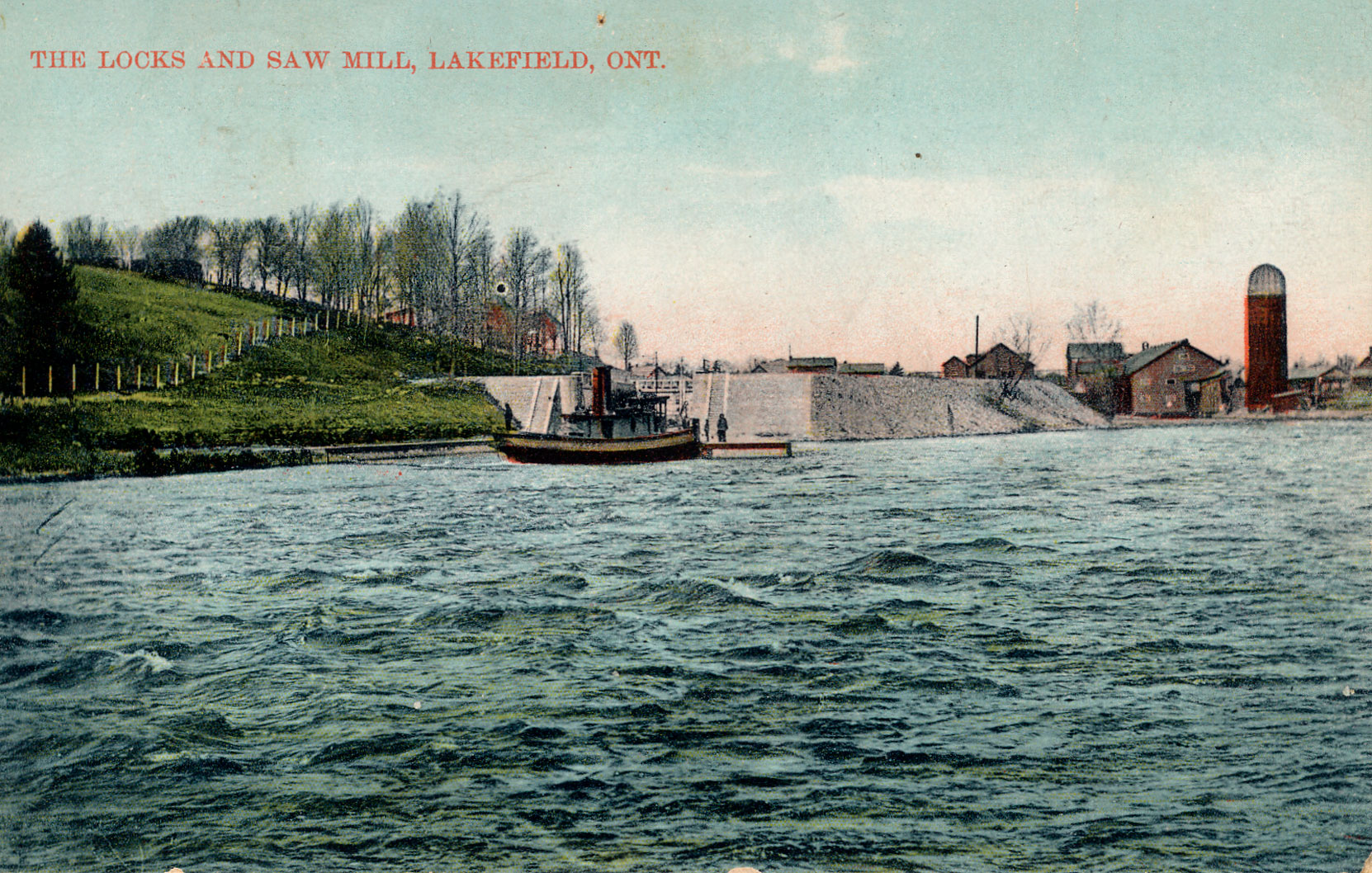
Here is an excerpt from Chapter 3 of our soon to be published history of the Butchart Gardens: From Devastation To Beauty – The Creation Of The Butchart Gardens.
“The Butcharts and the Kilbourns knew that the Trent-Severn Waterway project would require huge amounts of cement. The Peterborough Lift Lock alone required over 19,879 cubic meters (26,000 cubic yards) of concrete.
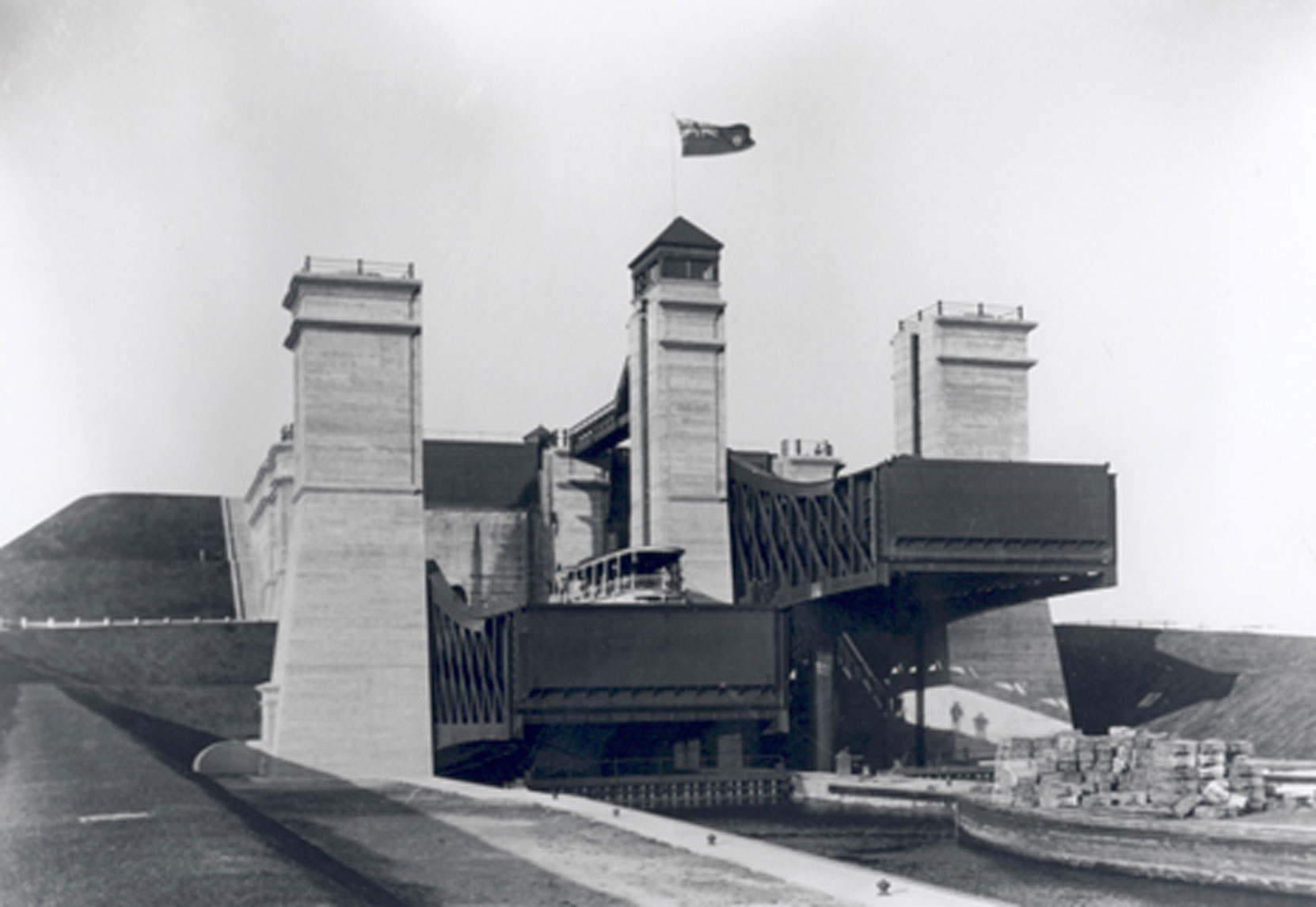
Since 1896, the Owen Sound Portland Cement Company’s Shallow Lake plant had been supplying cement to the federal government for the waterway’s construction.
But Owen Sound was 300 kilometers (180 miles) from Peterborough by water. Transporting cement from Shallow Lake to the construction sites around Peterborough involved significant transportation costs.
In 1900, Robert Butchart and the Kilbourns found a simple way to reduce the cost of supplying cement to the eastern end of the Trent Canal project. Marl and clay, the main ingredients of Portland cement, were, they discovered, available near the village of Lakefield, at the eastern end of the canal. Lakefield was no more than 33 kilometers (20 miles) from any of the waterway’s construction sites between Peterborough and on the Trent Canal. If they could manufacture cement at Lakefield, their shipping costs would be substantially reduced.
Along with reducing shipping costs, the idea of setting up a plant in Lakefield had another major strategic benefit: there were no competitors nearby. The first company to offer top quality cement from a factory near the Trent Canal would likely be able to get most, if not all, of the contracts to supply cement for the Trent Canal construction.
This was probably what Robert Butchart and the Kilbourns had in mind when, on 24 August 1900, they incorporated the Lakefield Portland Cement Company, Limited with an authorized capital of $500,000 divided into 5000 shares at $100 per share. $95,000 in start up capital was provided immediately upon incorporation. Robert Butchart invested $25,000; John M. Kilbourn, $47,000; George and Francis Kilbourn invested $1,000 each……”
The Lakefield Portland Cement Company was taken over by the Canada Cement Company in 1909.
Here are some overlooked remnants of the Lakefield Portland Cement Company in Lakefield, Ontario.
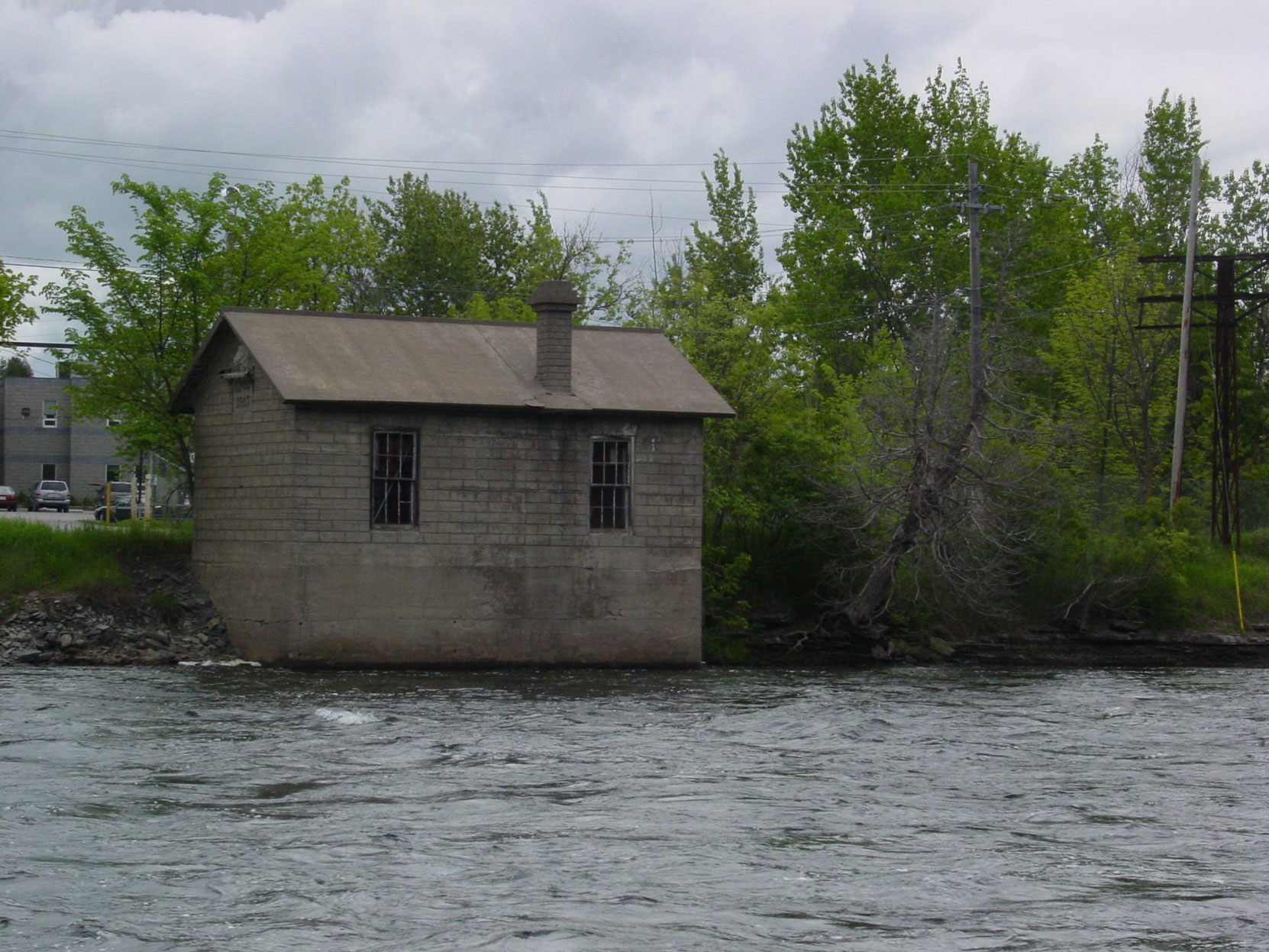
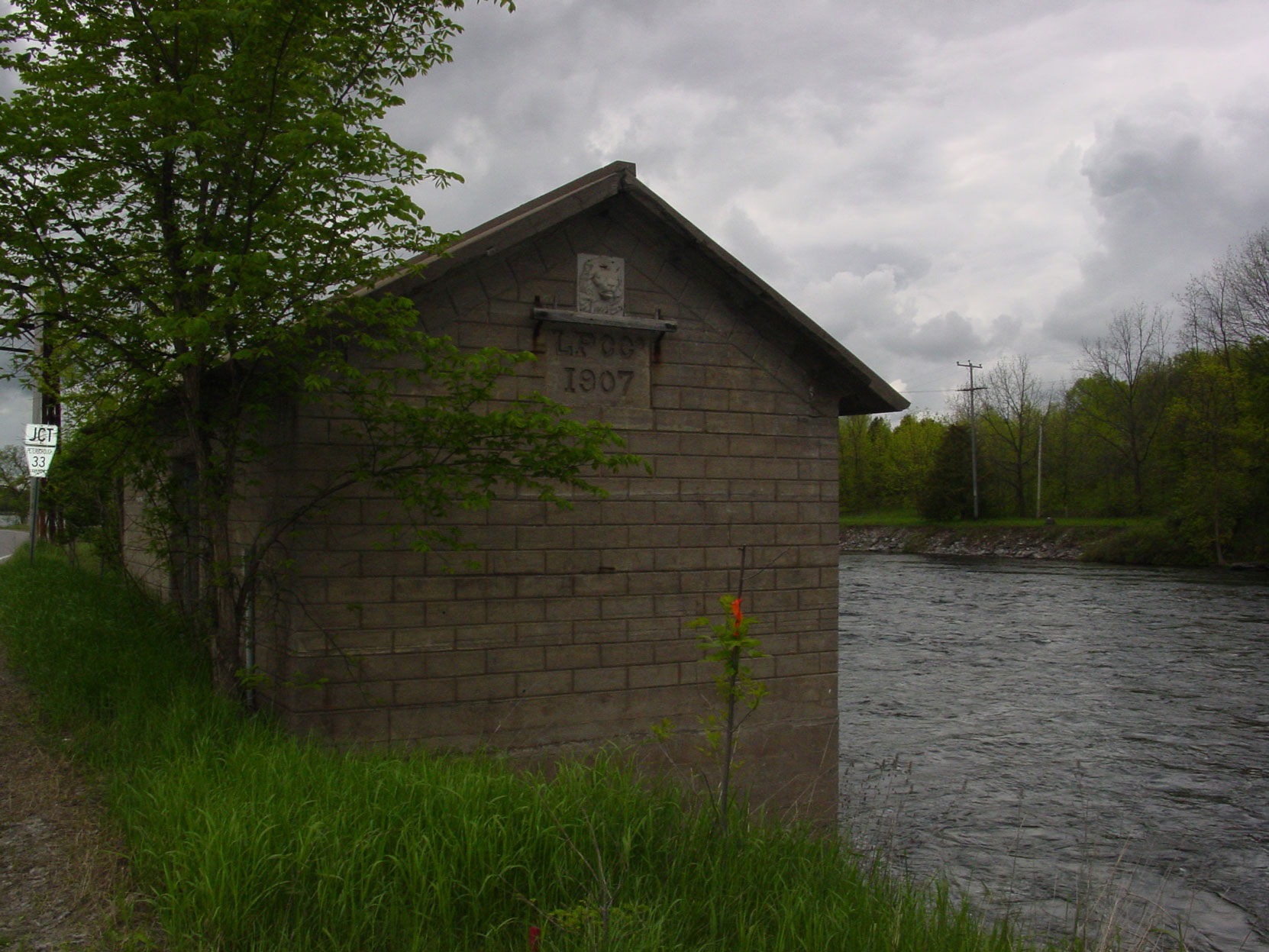
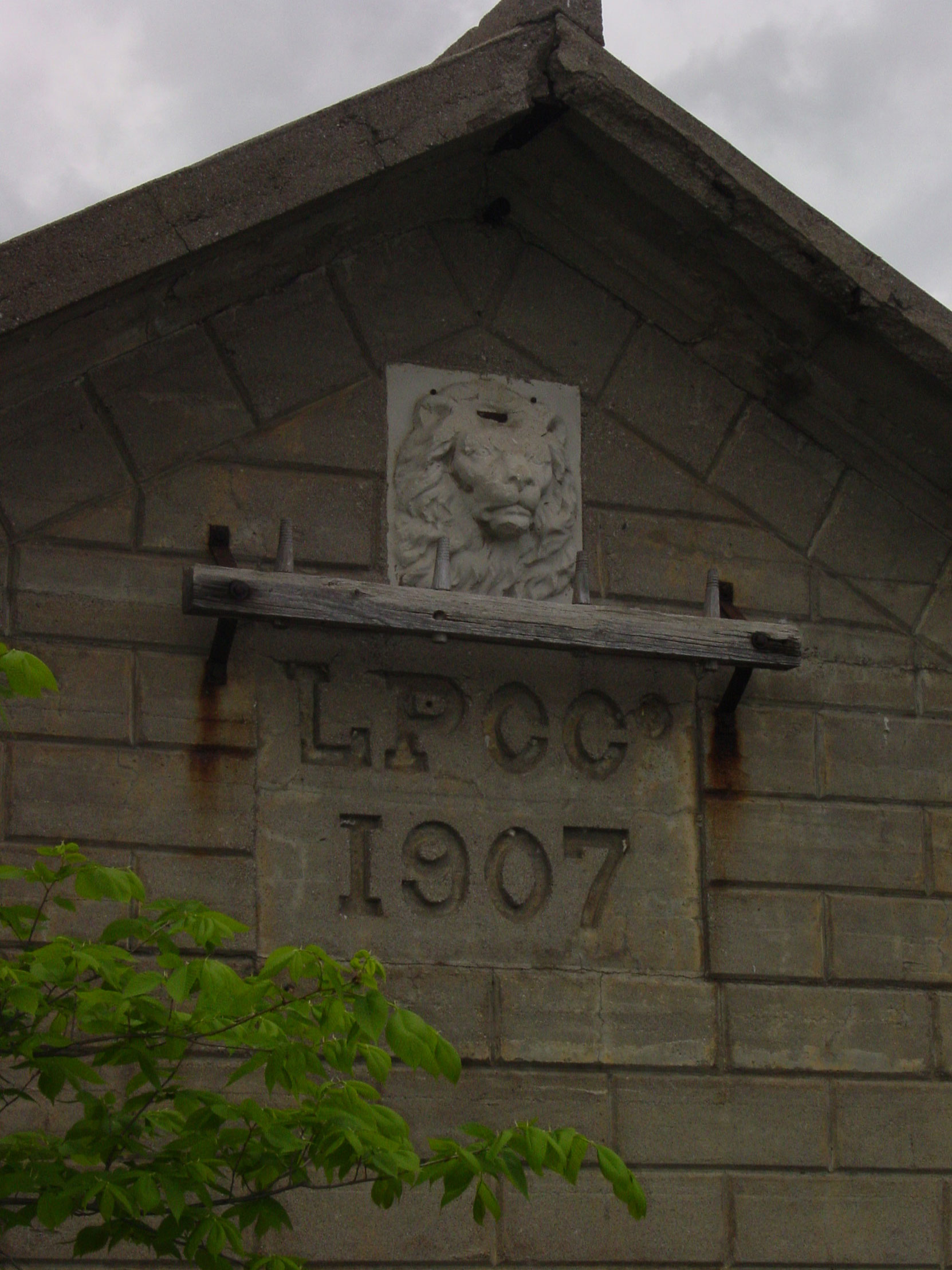
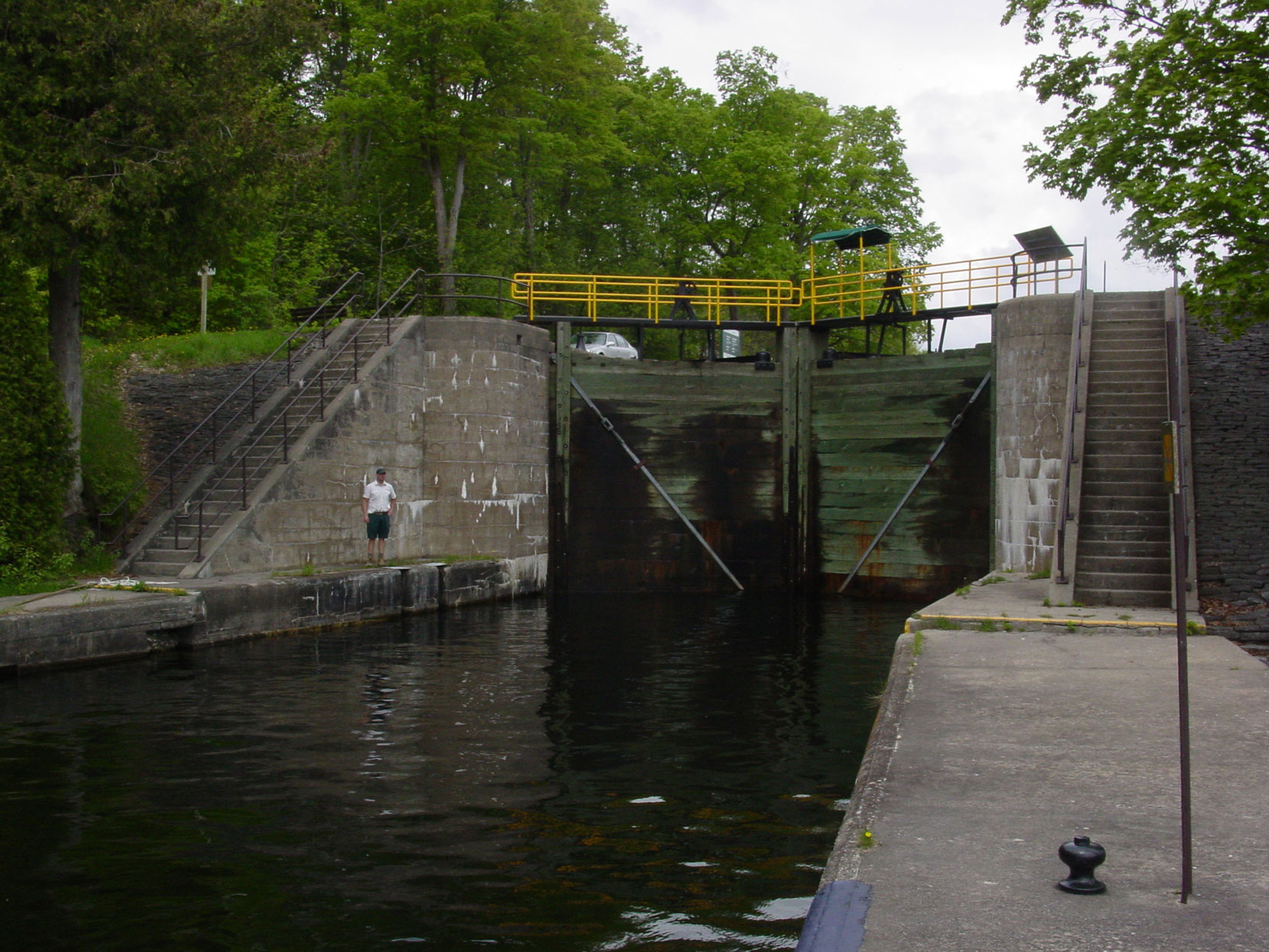
Here is some home video of the Canada Cement Company plant at Lakefield, Ontario:
Here are links to some pages with more information about the Lakefield Portland Cement Company:
- MyKawartha.com – Canada Cement Company plant demolished in 2010.
- LakefieldHerald.com – Demolition of Canada Cement Company plant in January 2010
Would you like to leave a comment or question about anything on this page?

